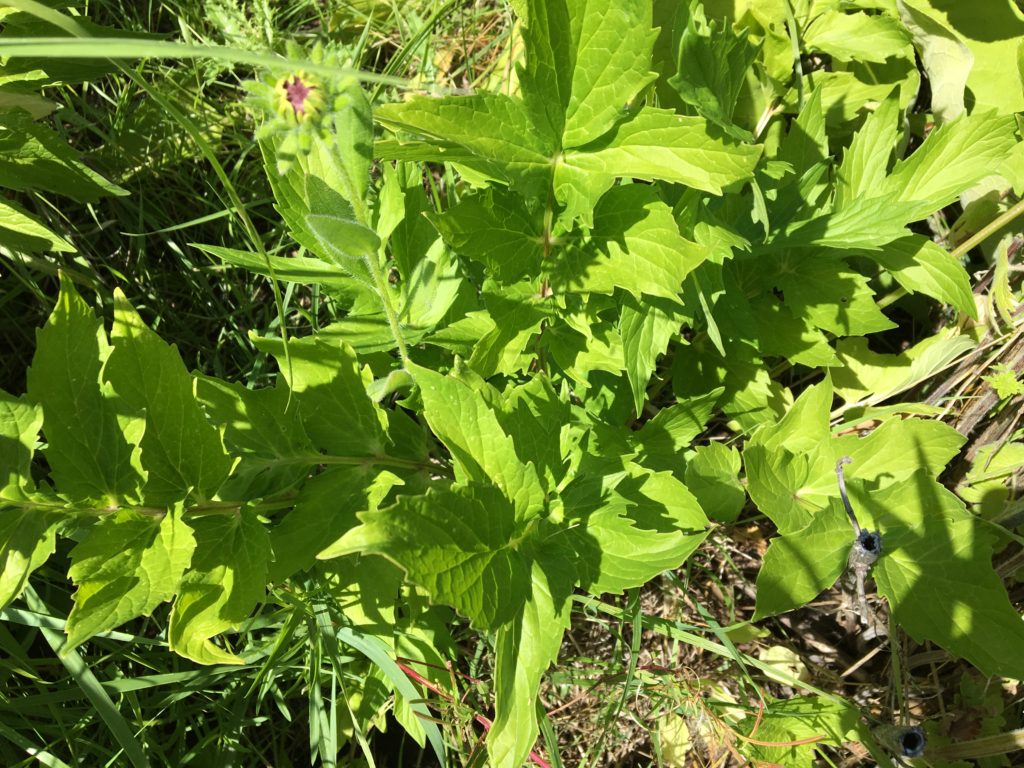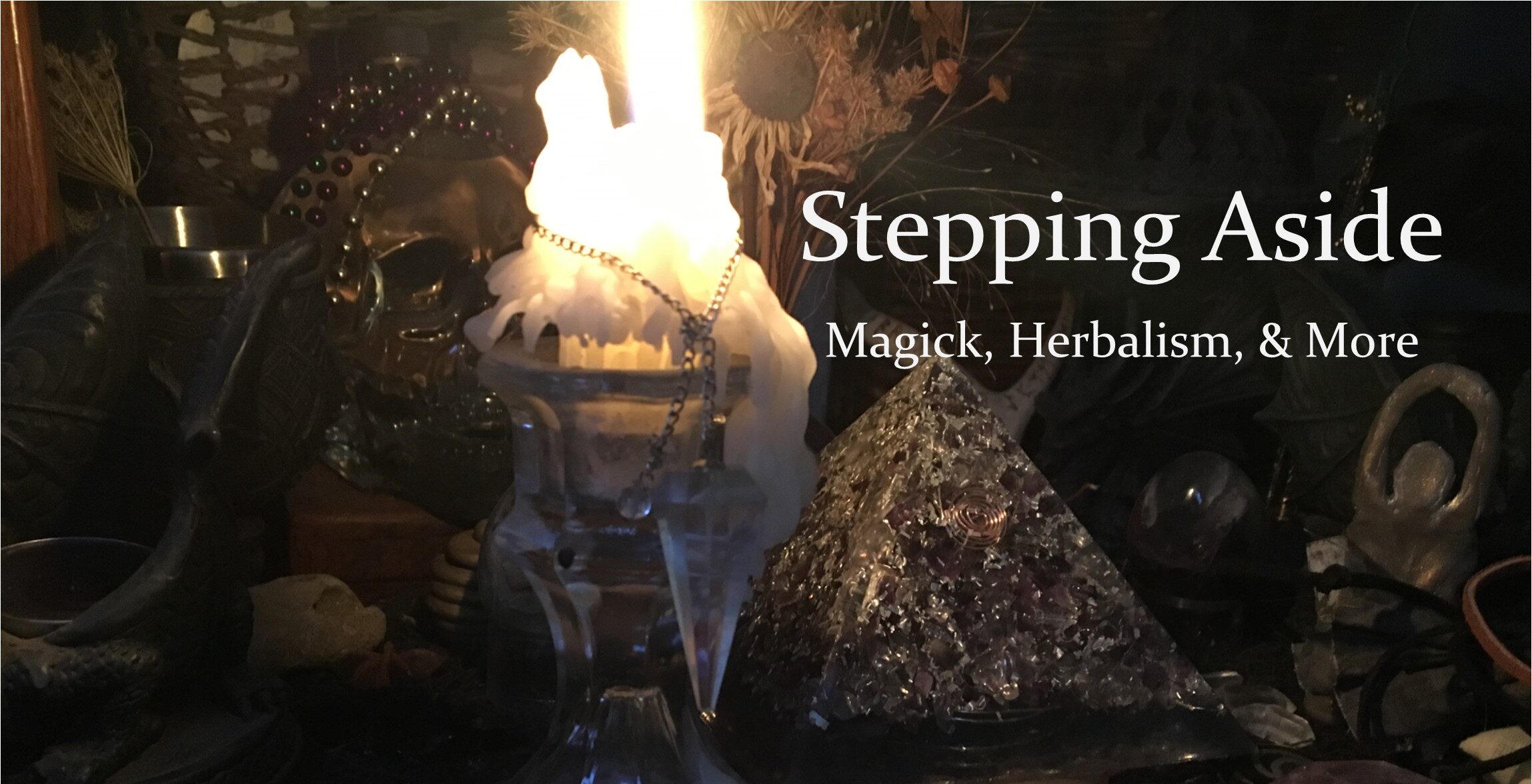
Valerian
Years ago, I knew a guy who took a blend of hops and valerian to help his lower back relax. He traveled by car for his job and sitting all day left his lower back feeling tight and in pain. The blend was in capsule form and according to him, it worked like a charm. I happen to grow valeriana officinalis in my medicinal herb garden and I finally dug one of the original plants, or at least I think it’s one of the original plants, to make some new tincture from the fresh root.
[wordads]
The plant I dug is at least two years old and unfortunately, quack grass had infiltrated the bed and was growing throughout the plant’s root system. Typically, I carefully brush the dirt from the roots I gather because water actually begins the extraction process so soaking them at all is forbidden. But there was so much dirt clinging to the plant’s root system with all the quack grass rhizomes intertwined that when I finally got it to release from the ground I had no choice but to use some water to clean the dirt away.
I used both a digging knife to define the area followed by a four-tined fork to dig the plant the rest of the way from the bed. I had quite a heavy root ball when I was done with several valerian plants contained within it. The pasture grass made the whole process infinitely more challenging than it needed to be. But it is what it is.

[wordads]
Although I’ve soaked fresh valerian flowers in brandy, which smell wonderful by the way, most valerian tincture I’ve created has been from the dried roots. When dried, the roots smell like dirty tennis shoes or socks. But when the roots are fresh, they share the same sweet smell of the flowers, although faint, and make a more powerful tincture. Drying the root, unfortunately, degrades some of its volatile oils so fresh is actually best when tincturing the root.
Valerian contains B-vitamins, magnesium, and calcium as well as protein. High in glycosides, valerian root is soluble in alcohol or water but should be infused not decocted due to the volatile oils present. Although most roots are decocted (simmered) to extract their healing benefit, valerian is one root that is too sensitive to simmer without destroying its aromatic volatile oils, so it should always be infused when creating tea. And as a reminder, an infusion is a fancy name for pouring boiling water over herbs and then leaving it to steep covered for ten to fifteen minutes.
[wordads]
As a nervous system herb, valerian root’s sedative quality effectively soothes menopause aches and pains. Also a nerve tonic, this powerful root nourishes, tones, and strengthens the nervous system. Valerian root calms tension and assists sleep as it relaxes muscles and nerves. Most people tolerate valerian well however a small percentage of people experience agitation, the opposite of its intention.
Valerian’s taste really needs a counterbalance and various herbs such as hops, lemon balm, skullcap, and chamomile are often included with valerian for a relaxing tea. One to two tablespoons of valerian root (along with any other herbs you might like) to a quart of boiling water is standard. Just remember to not decoct the valerian root. However, if including other roots such as licorice or dandelion, decoct them first for twenty minutes and then use that mixture as the boiling (simmered) menstruum to pour over the valerian root and other herbs.
[wordads]
However, I don’t typically create a tea with valerian root and use the tincture instead, either adding a few drops to a cup of tea or in a shot glass. Yes, I take my tinctures in a shot glass, adding a few drops and then filling the small container the rest of the way with warm water. I could use a cup, but the shot glass is easier. A typical adult dosage would be 10-30 drops in some tea, but unless I’m really stressed or in pain, I prefer to micro-dose and use between 5-10 drops. And as always, although valerian has been shown to be safe during pregnancy, please consult your medical/herbal professional before using valerian in any form if pregnant or breastfeeding.
One note about the invasiveness of valerian. Once you have it, if you let it flower and otherwise go to seed, it will seed everywhere the wind blows. My medicinal herb garden has beds arranged in a pentagram and the valerian was growing in a bed with some asparagus next to the top triangle of the pentagram where my oats were growing and then I let it flower.
[wordads]
Now my oats are growing in three fabric raised beds, a decision I will be happy about forever, and my valerian has now overtaken the former oat bed which is fine. I still let the plants flower because my bees and other pollinators love them so much. Eventually, the valerian and the mugwort will be at odds with each other, but that’s okay too.
A witch’s garden is a treasure with a mind of its own.
Until next time…
Herbal Blessings!

Disclaimer
The information above is for educational purposes only and is not intended to diagnose any condition or prescribe any treatment. Please consult your medical/herbal professional for further advice regarding the use of herbs, particularly if you’re taking prescribed medications to avoid any unnecessary harmful interactions. Please seek treatment from a medical professional should symptoms occur that do not quickly resolve on their own. If you’re pregnant, please consult your medical/herbal professional before using valerian root.
[wordads]
One last thing… you’re welcome to click on any links that may appear above…As an Amazon Associate, I earn from qualifying purchases. Thanks!
If anyone intends to either quote something I've written, or intends to post any part of my work, including my videos, on any other site, please ask permission before doing so. Any reposting of my work without permission can be considered as copyright infringement, so please ask. And if I give permission, you MUST clearly reference my name as author and my website. No exceptions. The words an author writes are sacred. Unapproved use is not.
Thank you... Jan Erickson
